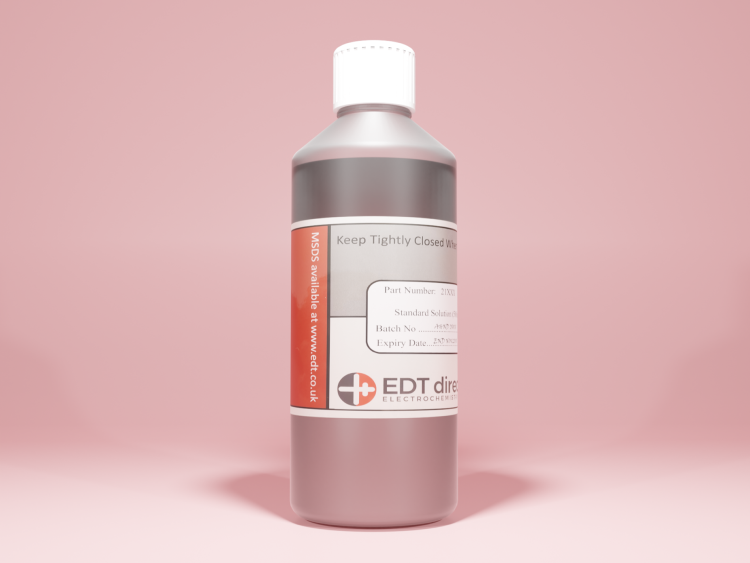The Determination of Potassium in Water
This is a method for determining the concentration between 0.1 – 1000 ppm potassium in ground waters, drinking water and waste waters.
Equipment Required
2. 3031 Potassium Combination ISE
3. 21314 Potassium 1000ppm Standard Solution
4. 30314 Potassium Ionic Strength Adjustment Buffer
5. Glassware: Beakers 250ml; Volumetric Flask 100ml; 10ml pipette
6. Deionised water
Standard Preparation
Prepare standards of 10 and 100ppm Potassium by serial dilution of the 1000ppm standard. This is achieved by pipetting 10ml of the standard into a 100ml Volumetric flask and diluting to the mark with deionized water. This is now a 100ppm Standard solution.
Sample Preparation
If the sample is clean no preparation is necessary. Filtration may be necessary if there is a high solid content.
Method
To 100ml of each of the standards and samples add 1ml of 30314 ISAB and mix the contents. Be sure the beakers are clean and make sure not to touch the inside of the beakers with bare hands as contamination from sweat etc. is common. Beakers that have been washed with softened water or tap water will be contaminated. In these cases rinse the beakers with deionised water.
Immerse the electrode in each of the standards in increasing concentration steps in the calibration mode of the Ion Meter, rinsing the electrodes with distilled water and dabbing off the excess water between standards.
Using the QP459 Ion meter will allow the result to be read directly on the display. It also allows for up to a 5 point calibration if required.
If you do not have an ION meter you can read the mV values using a pH/mV meter such as an EDT model QP451. Record the mV response and plot a graph of mV vs log of Concentration.
Interferences
There are significant interferences from Ammonium, Rubidium and Strontium ions.




